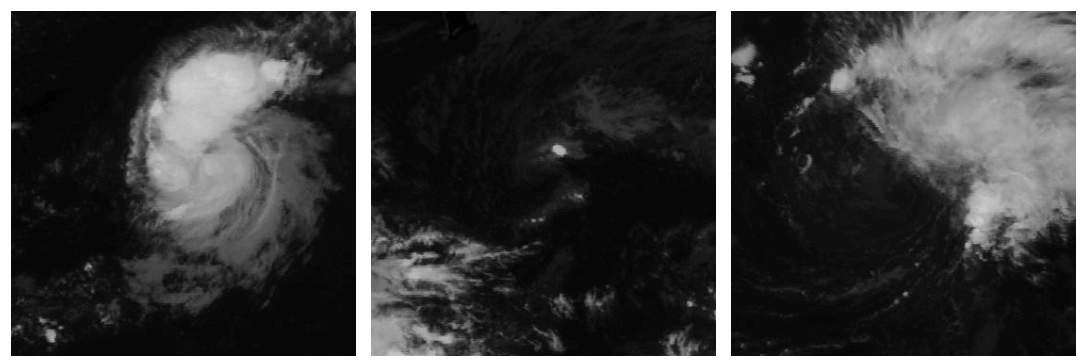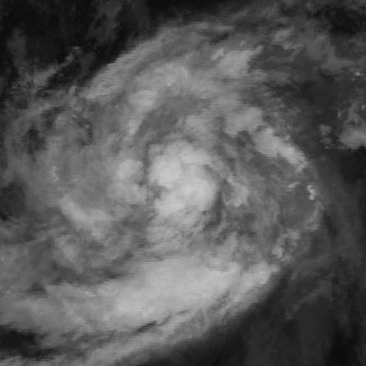Estimating the wind speed of storms with DevScope

Joel Monteiro
March 3, 2021In December last year, the Radiant Earth Foundation, a nonprofit organization that applies Machine Learning to Earth observation to meet the UN’s Sustainable Development Goals, launched a challenge to estimate the wind speed of storms in knots at a given point in time using satellite images captured by NASA IMPACT during a storm’s life cycle.
The goal was to produce an operational model that could use recent images to estimate future wind speeds, serving as a diagnostic model for tropical cyclones and support the response and disaster preparedness teams. 733 participants from all over the world joined the competition, including DevScope’s team.
The Journey
Teams were given a training and a test set comprised of a time-series of images with an associated relative time since the start of each storm. The models could take advantage of the data provided for each storm up to the point of prediction and each team could submit results up to 3 times a day. The training and test sets were huge, consisting of 70,257 and 44,377 366×366 px images, respectively, captured by Geostationary Operational Environmental Satellites (GOES), as shown below:

You can check this animated image to see how a storm evolves through time, one of several artifacts our team produced to better understand the scenario and problem statement:

Power BI was one of our team’s tools of choice to analyze data, compare different models and evaluate submissions. In the example below, each point corresponds to one of the many images in the training/test set, and different colors represent multiple submissions predictions:

In addition to Power BI, our team worked with other awesome tools like PyTorch, MLflow, Microsoft LightGBM, and Jupyter notebooks. Our team also leveraged DevScope AI Lab internal framework to maximize collaboration and quickly test new ideas that would then be run by DevScope’s servers throughout the night, while ensuring everything was properly tracked for discussion, improvement, and reproducibility.

Be sure to check competition discussion forums to read the top submissions’ approach, including our team’s.
The destination
Our team submitted 111 entries in this challenge and finished in a highly respectable eighth place.
Despite aiming for first, we were quite happy with the outcome, not only because an eighth place out of 733 teams is quite good, but also because this was a chance for our AI & ML team to join forces on a Data Science for Good project. The journey is always more important than the destination, and this challenge helped them develop new techniques and strengthen their capacity for outputting great teamwork, even while working remotely.

Share your love for data with 20% off all PowerBI Tiles products
Since our passion for data is widely known and yours is no secret either, in the spirit of Valentine's Day we are offering all admirers of our PowerBI Tile[...]
